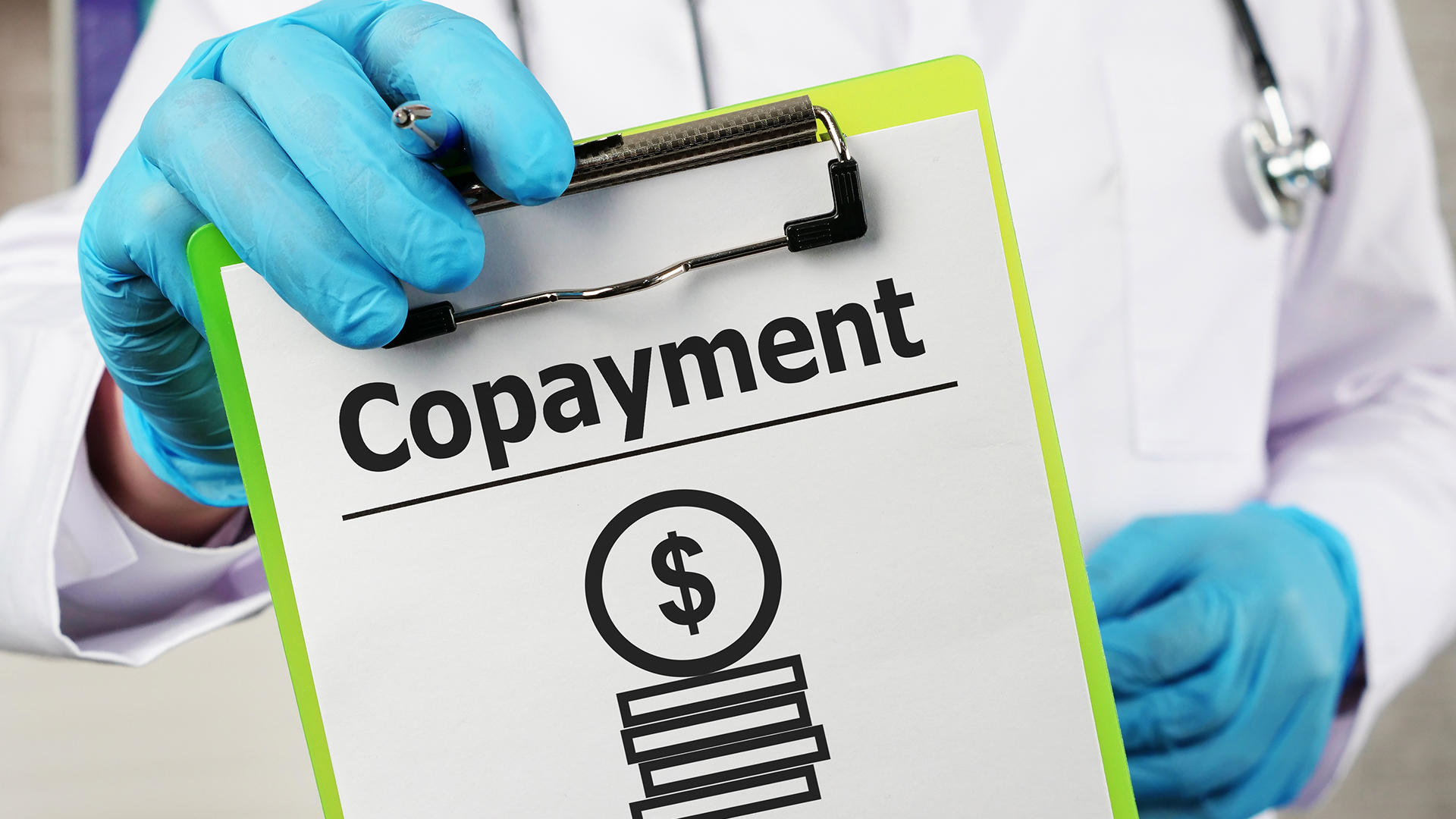The aim of most practices is to be successful while providing the highest caliber dental care. A practice that is struggling to organize its costs and expenses, can find it quite difficult to determine which practice expenses should be prioritized and which should be reduced, and which areas of the dental office should be given top priority when it comes to controlling operating expenses. The easiest way to reduce overheads is to increase efficiency while also lowering the total expenses at your practice. Practices need to strategize and implement methods to review and reduce overhead costs, raise profit margins, and prevent serious cash flow issues even if many of the expenses cannot be avoided.
What are some of the reasons that lead to overheads at your practice?
Overlooking practice numbers
Most practices typically pay attention to some but not all of their crucial practice numbers. Practices sometimes tend to focus solely on cash in the bank, production, as well as the collections and often overlook the effect of overhead on their net income. It’s true that increasing revenue can help a practice develop consistently, but rising overhead costs can quickly consume all that extra cash. Remember that a practice’s net income can increase by thousands of dollars with just a 1% drop in overheads.
Too many appointment cancellations and no-shows
When a practice reserves time for a patient and that patient is late for the appointment, or misses the appointment, the production time is permanently lost. More crucially, money is lost. In addition to losing revenue, a significant portion of the overhead connected with the time is still incurred when patients fail to show up for appointments. When there is a decrease in production, larger overhead percentages are created by rent, utilities, and other fixed expenditures. A list of patients with flexible schedules and short notice availability might be helpful for covering such cancellations.
Insurance billing difficulties
Insurance billing difficulties include claims unpaid even after 30 days, low insurance coverage percentage, and claims that reach timely filing limits. All these can lead to your practice losing a considerable amount of revenue. It, therefore, becomes important that the insurance billing needs of the practice be handled with diligence.
What can be done to reduce overheads?
Evaluate the data of your practice
Finding out where the practice stands and how the numbers compare with industry benchmarks is the first step to overheads at your dental practice. Utilize key performance indicators (KPIs) and other solid data to oversee and measure performance. It’s crucial to delve deeper into the data once you understand your current situation in order to comprehend how your numbers affect your practice. This data includes production per day, the number of active patients, the number of new patients each month, and the treatment plan acceptance rate. Once you are aware of the practice expenses, you can easily create a plan to control them and put it into action. Examine your workflows and tools in detail and find areas to increase your practice efficiency.
Reducing expenses
Cutting costs is a simple approach to lower overheads, but doing so may involve making unpleasant choices. Negotiating your lease terms, verifying your insurance coverage, and assessing your utility expenses, reduced staffing are all such unpleasant cost-cutting measures. It’s vital to keep in mind that every practice is different, so the earnings and expenses may not align. Any cost-cutting tactics that have a negative impact on efficiency are simply not worth it. Instead, your aim should be to optimize profitability while placing good patient care ahead of everything else. You may be able to avoid eventual replacements down the road and make the optimal decision for your practice by weighing upfront savings against quality. Many practices struggle with shocking overhead proportions, but investing the time to analyze its data is the first step to success and growth.
Make the most of technology
Technology plays a significant role in the growth and management of a practice and isn’t likely to disappear any time soon. However, what you decide to use and pay for should be thought through as you cannot waste your revenue on the ones that are not a necessity. Workflows and digital technologies have considerably improved. These resources support dental practices in maximizing patient care and revenue. Choose a technology that not only fits your budget but also supports the efficiency and profitability of your dental team.
Make your dental billing process efficient
Take some time to assess the performance of the dental billing system you have in place, whether it’s in-house billing or partnership with a service provider. A lot of revenue can be lost through inefficient handling of patient payments. For practices wishing to manage its overhead costs, partnering with an RCM service provider may be the most cost-effective option as they help employ dental billing expertise to collect the cash you’ve earned. This helps your practice increase its revenue while gaining clean, accurate, and compliant billing services. Since the insurance billing is no longer taking up all your time and energy, you can focus on providing exceptional dental experiences to your patients.
Other important tips to avoid overheads include:
● Comparing lab costs while placing quality ahead, at all times.
● Preventing loss in revenue by collecting your patient payments on time.
● Maintaining consistent cash flow with a strong collection strategy and credit options for patients who have trouble making payments.
● It may also be a good investment to hire a dental CPA to go through your numbers annually.



















